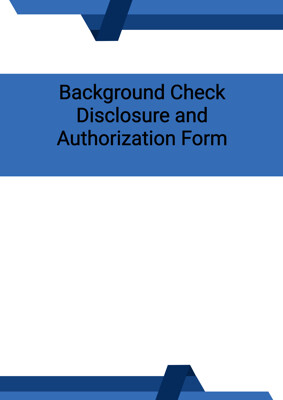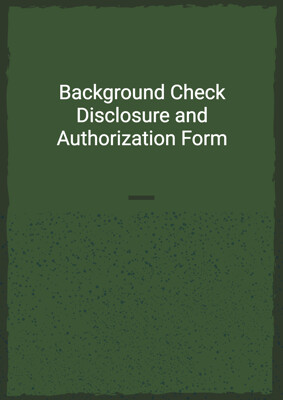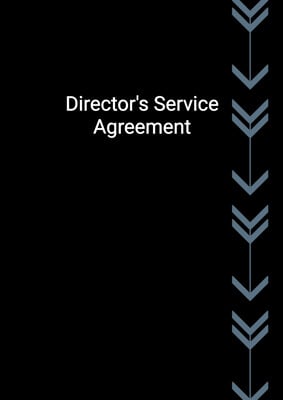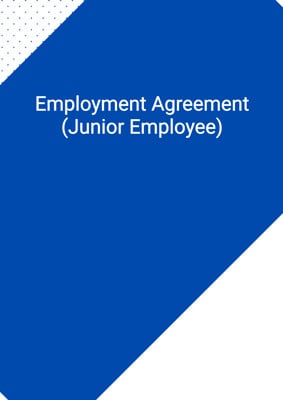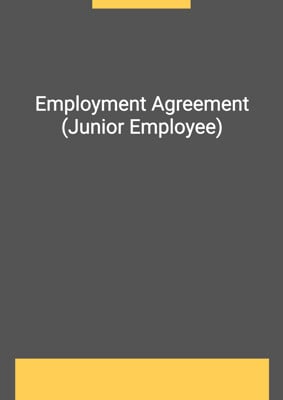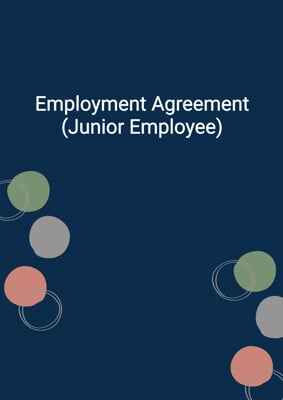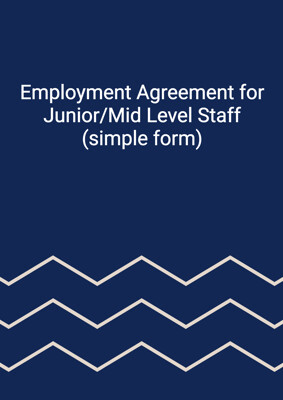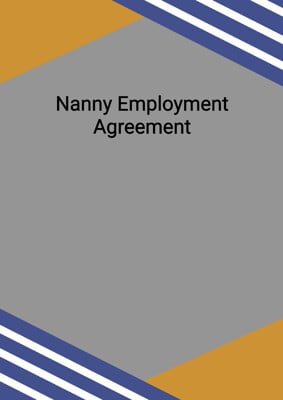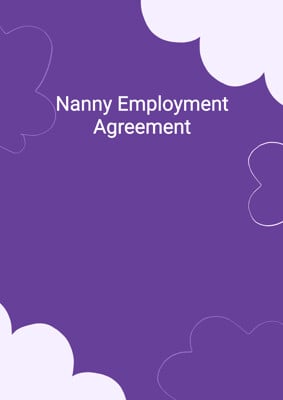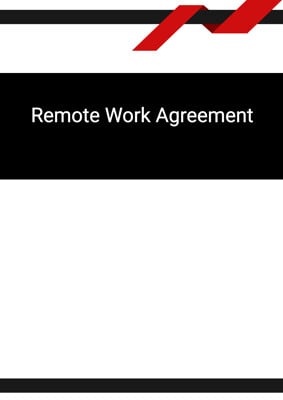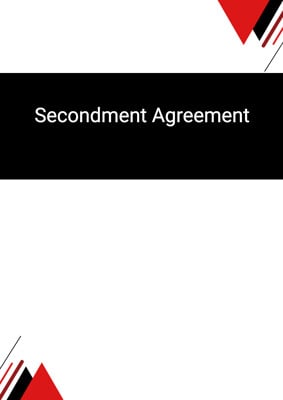How to Tailor the Document for Your Need?
01
Create Document
Fill in the details of the parties. You can click the "Fill with Member’s Information" button to complete it with information saved to your account.
02
Fill Information
Please fill in any additional information by following the step-by-step guide on the left hand side of the preview document and click the "Next" button.
03
Get Document
When you are done, click the "Get Document" button and you can download the document in Word or PDF format.
04
Review Document
Please get all parties to review the document carefully and make any final modifications to ensure that the details are correct before signing the document.
Document Preview
Document Description
A Part Time / Hourly Agreement, also known as a job contract, is a legally binding document that establishes the terms and conditions of employment between an employer and an employee. Any provisions in the agreement, although freely negotiated by the parties, must comply with the employment law and relevant regulations in the specific jurisdiction, otherwise the terms will become void. Typically, a part-time/hourly agreement will include the computation of wages, length of notice required to terminate the contract, discipline, legal clauses, etc.
A part-time/hourly agreement is crucial in solidifying a working relationship between employee and employer by defining the responsibilities and obligations of both parties. From the employees’ perspective, such an agreement can improve their work experience by providing a clear understanding of their job responsibilities and therefore the expectations of their work. Also, the agreement may enhance their job security since their employment status, as well as other remuneration, are protected. From the employers’ point of view, the agreement is an effective tool to protect the company’s business interest by explicitly setting out terms such as confidentiality, intellectual property and non-solicitation.
Although an employment agreement (in writing) is not always mandatory, it is highly recommended for the sake of clarity and legal compliance. The following are the details of each section.
The first section focuses on the duties and job description of the employee. It specifies that the employee is expected to work in a specific department and perform all necessary duties as directed by the company. The employee will report directly to a designated supervisor and may be required to perform additional duties related to the general job description.
The second section covers the period of employment, including the start and end dates. It also mentions the normal working hours and the possibility of working overtime when necessary. The employee will not be required to work on statutory holidays, and the period of continuous employment will begin on the commencement date.
The third section discusses the remuneration of the employee. Depending on the circumstances, the employee may be paid at an hourly rate or may not receive any remuneration if the employment is for work experience purposes. The company is not liable for any injuries or health conditions that may arise during the employment, and the employee is responsible for their own taxes.
The fourth section clarifies the nature of the employment, stating that it is related to an educational purpose and does not guarantee future employment with the company. The employee will receive supervision and education for their benefit, but they may not be eligible for employee benefits provided by the company. The employee is not authorized to enter into contracts or commitments on behalf of the company.
The fifth section addresses discipline and sets expectations for the employee's behavior. The employee is required to abide by all company rules and regulations, be polite, punctual, honest, cooperative, and appropriately dressed. The employee must maintain a regular employment schedule and disclose any conflicts of interest or breaches of obligations. Confidentiality is also emphasized in this section.
The sixth section covers the termination of the employment agreement. It lists various reasons for termination, including breach of the agreement, misconduct, criminal conviction, bankruptcy, or refusal to comply with company directions. The company has the right to terminate the agreement immediately, and the employee may be required to assist the company in litigation cases.
The seventh section deals with dispute resolution, stating that any disputes related to the employment agreement should be settled through voluntary mediation. If mediation fails, the parties submit to the jurisdiction of the country's courts.
The eighth section contains general provisions, including the requirement for any modifications to the agreement to be in writing and signed by both parties. It also clarifies that the agreement binds and benefits both parties and any successors of the company. The confidentiality and intellectual property rights of the company are protected, and any violation may result in injunctive relief or damages.
The ninth section emphasizes the employee's obligation to keep the company's confidential information confidential and not to make unauthorized copies or remove such information from the company's facilities. The employee is also required to promptly disclose any intellectual property created during the employment and assign all rights to the company.
The tenth section prohibits the employee from soliciting or approaching the company's customers, clients, manufacturers, or suppliers for a certain period after the termination of the agreement. This clause is intended to protect the company's business interests.
The eleventh section states that the agreement does not confer any rights on third parties. The twelfth section contains the execution of the agreement, with signatures from both the company and the employee.
How to use this document?
To use the Part Time / Hourly Agreement effectively, follow these steps:
1. Review the document: Familiarize yourself with the entire agreement to understand its terms and conditions.
2. Customize the agreement: Enter the relevant information, such as the names and addresses of the company and the employee, the job description, and the period of employment.
3. Specify remuneration: Determine whether the employee will be paid at an hourly rate or if the employment is unpaid for work experience purposes. Clearly state the wage and payment frequency if applicable.
4. Clarify the nature of employment: Ensure that the agreement reflects the educational purpose of the employment and the absence of guaranteed future employment. Specify the supervision and benefits, if any, provided to the employee.
5. Set expectations for behavior: Clearly communicate the company's rules and regulations to the employee. Emphasize the importance of punctuality, honesty, cooperation, and appropriate attire. Provide instructions for maintaining a regular employment schedule and disclosing conflicts of interest.
6. Address termination: Understand the circumstances under which the agreement can be terminated and the rights and obligations of both parties in such cases. Consider seeking legal advice if necessary.
7. Resolve disputes: Familiarize yourself with the mediation process outlined in the agreement. Attempt to resolve any disputes through voluntary mediation before resorting to legal action.
8. Protect confidential information: Ensure that the employee understands their obligation to keep the company's confidential information confidential and to comply with intellectual property rights.
9. Seek legal advice if needed: If you have any doubts or concerns about the agreement, consult with a legal professional to ensure compliance with applicable laws and regulations.
10. Sign and retain copies: Once both parties are satisfied with the agreement, sign it and keep copies for future reference.
Note: This guidance is provided for informational purposes only and should not be considered legal advice. It is recommended to consult with a legal professional to address specific concerns or requirements related to the Part Time / Hourly Agreement.
Not the right document?
Don’t worry, we have thousands of documents for you to choose from:

